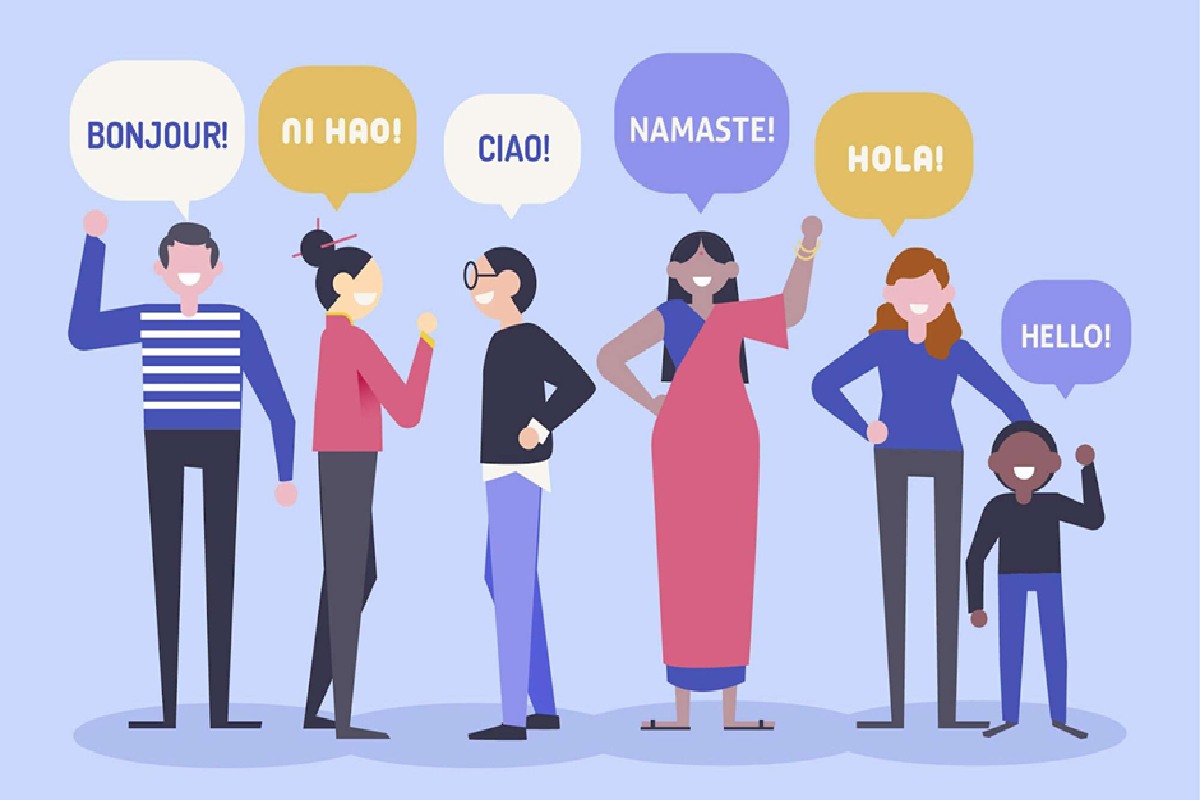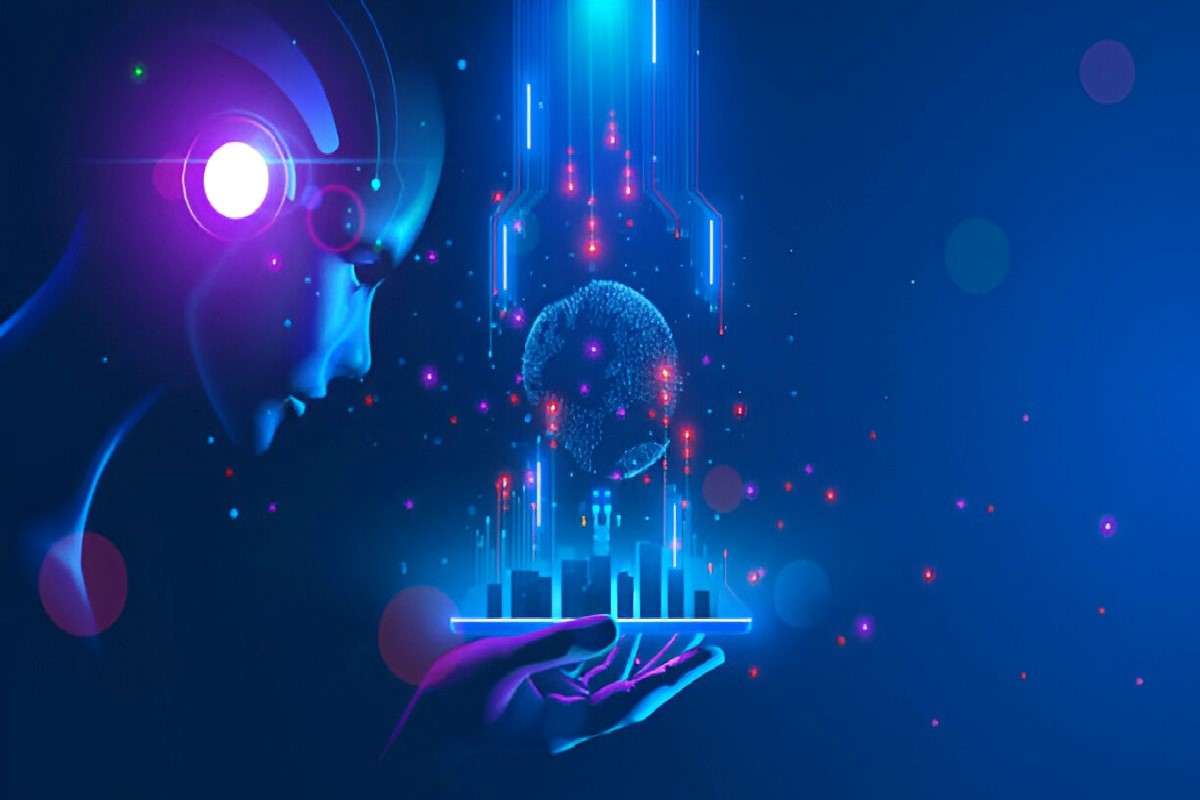The growth of user-generated content has reshaped the digital landscape. Individuals across the world now create and share videos on platforms like YouTube, TikTok, Instagram, and more. From tutorials and reviews to entertainment and educational clips, this content reaches audiences far beyond geographic and linguistic boundaries. However, as user-generated content becomes increasingly global, language remains a critical barrier to wider accessibility and engagement.
Video translators are solving this challenge by making it easier to translate, subtitle, and dub videos into multiple languages. These tools leverage artificial intelligence to streamline the translation process, helping creators connect with viewers from different regions without requiring manual translation or professional localization services.
Why Language Is Still a Barrier in the Digital Age
Despite advances in global communication, language remains one of the most significant obstacles to digital inclusivity. Most user-generated content is created in the speaker’s native language, limiting its accessibility to those who understand that language. This creates a gap between content creators and potential audiences who may be interested in the video’s message but cannot fully understand it.
For creators, this means missed opportunities to grow their following, reach new markets, and increase engagement. For viewers, it means limited access to valuable content that could be informative, entertaining, or educational.
The Role of Video Translators in Bridging the Gap
Video translators are tools designed to automatically convert spoken or written content in a video from one language into another. They rely on technologies like speech recognition, natural language processing, and machine translation to identify, interpret, and re-create the content in a target language.
A powerful video translator tool allows creators to upload a video, select the source and target languages, and then generate translated output with subtitles or dubbed voiceovers. This makes the content understandable for a broader audience without altering the original structure or intent.
These tools can automatically detect speech, generate accurate text transcriptions, translate the dialogue, and synchronize the translated output with the original video. Some even offer the option to use synthetic voices that match the tone and pace of the original speaker.
Expanding Reach Without Professional Resources
For independent creators, small businesses, or educators, access to professional translation or dubbing services is often limited due to cost and time constraints. AI-based video translation tools level the playing field by offering a cost-effective and fast alternative.
With minimal manual input, these tools can:
- Create subtitles in different languages
- Generate voiceovers using AI-generated speech
- Maintain synchronization between audio and visuals
- Support multiple export formats for different platforms
This makes it easier for content creators to scale their reach without hiring voice actors, translators, or video editors.
How Mobile Apps Make Multilingual Editing Accessible
Video creation is no longer limited to desktop-based tools. Mobile apps have brought advanced editing and translation capabilities to smartphones, enabling creators to edit and translate content on the go.
An example is the growing range of video apps that integrate video generation, translation, and customization in one platform. These apps allow users to:
- Record or upload video content
- Translate dialogue into different languages
- Add subtitles or voiceovers
- Adjust visual elements like text, transitions, and effects
This mobile-first approach gives users the flexibility to create and share multilingual videos directly from their devices. It’s especially valuable for influencers, educators, marketers, and small business owners who rely on mobile content creation.
Benefits of Using Video Translators for User-Generated Content
1. Greater Global Reach
Multilingual content allows creators to reach international audiences, increasing visibility and engagement across platforms. A video translated into multiple languages can be repurposed for different regions without additional production.
2. Improved Viewer Experience
Translating videos enhances comprehension for non-native speakers. Subtitles and dubbed audio make it easier for viewers to understand the message, which improves watch time and viewer satisfaction.
3. Inclusive Content Distribution
Translation tools help make content more accessible to people with different language backgrounds, contributing to a more inclusive digital environment. This is especially important for educational content, where understanding is key to learning.
4. Faster Turnaround Times
AI-powered video translators can process and translate content much faster than manual methods. This enables creators to share timely content in multiple languages without delays.
5. Better SEO and Platform Reach
Search engines and social platforms favor content that is accessible and relevant to a wider audience. Translated content increases the chance of ranking in local search results, helping creators grow their audience.
Challenges and Considerations
While video translators offer clear advantages, there are still limitations to consider:
1. Accuracy in Complex Dialogues
AI translation may not always accurately capture cultural nuances, idiomatic expressions, or context-specific terms. Manual review is still important for content that involves sensitive or complex subject matter.
2. Voice Quality in Dubbing
Some AI-generated voiceovers may sound robotic or unnatural. While voice technology is improving, creators should test output quality before publishing.
3. Format Compatibility
Depending on the platform, some translated videos may need specific formatting (e.g., subtitle styles or audio layers). Choosing a tool that supports export to various formats helps streamline publishing.
Looking Ahead: The Evolving Role of AI in Multilingual Content
As AI continues to evolve, video translators will become more sophisticated. Future developments may include:
- Real-time translation during live streams
- Emotion-aware dubbing to match tone and delivery
- Custom voice cloning for consistent branding
- Adaptive translation based on audience location and preferences
These advancements will further enhance how creators produce and distribute multilingual content. What was once considered a technical or resource-intensive process is becoming increasingly simple and accessible to anyone with a smartphone or internet connection.
Conclusion
Video translators are changing how user-generated content is shared across languages. By automating the process of transcription, translation, and voiceover, these tools help content creators remove language barriers and reach global audiences.
Whether through a browser-based video translator or a flexible video app, creators now have the means to produce multilingual videos without advanced technical skills or large production teams.
As digital platforms continue to grow, video translation will become an essential part of content strategy—making online communication more inclusive, accessible, and far-reaching





